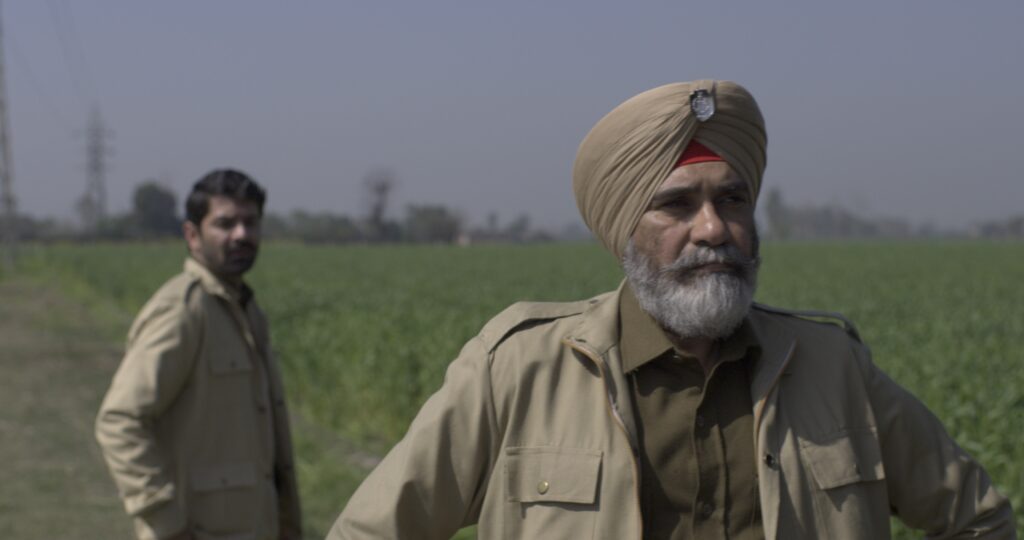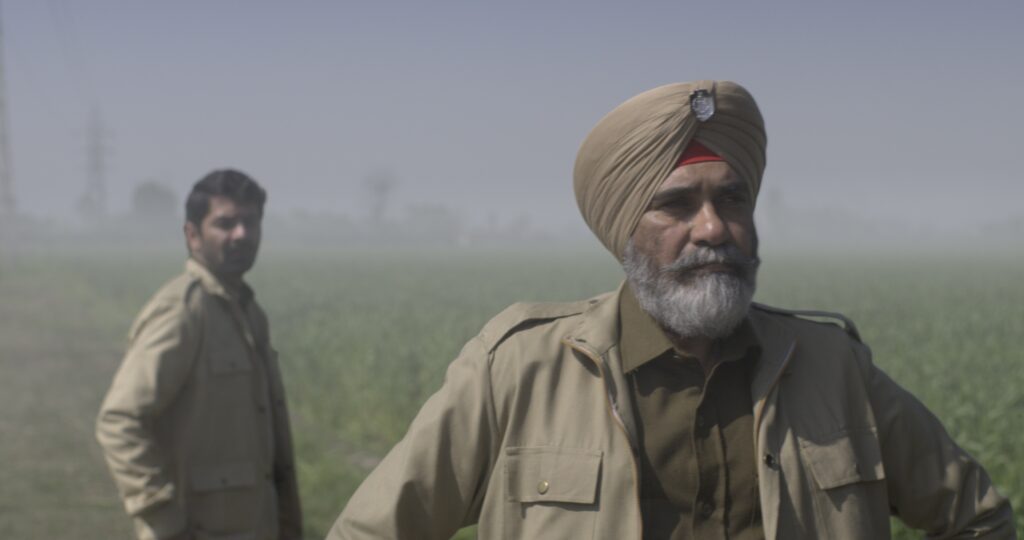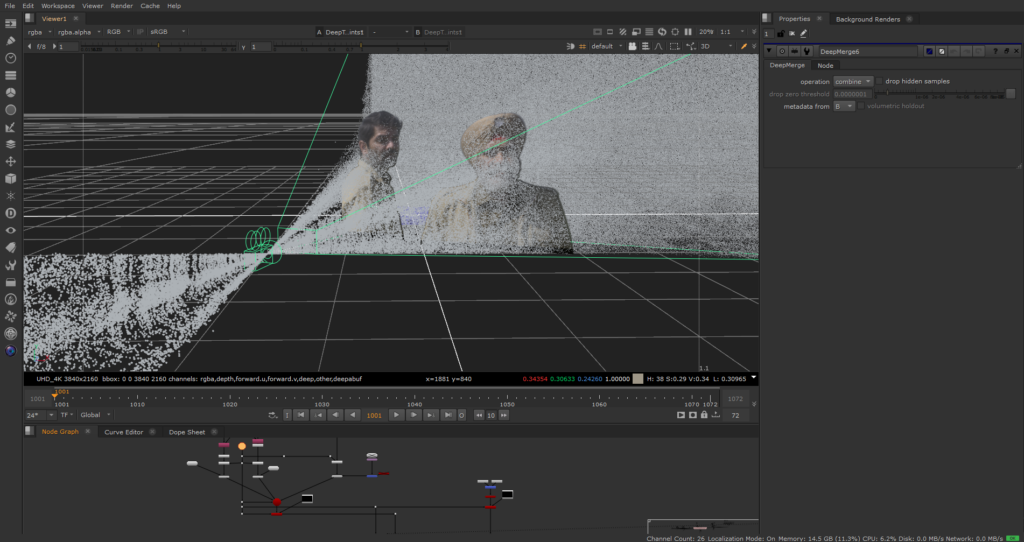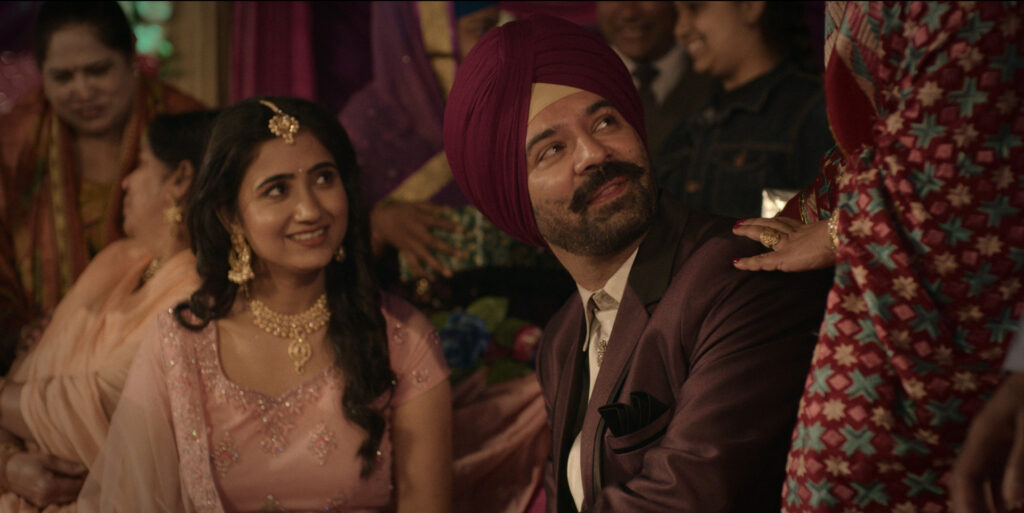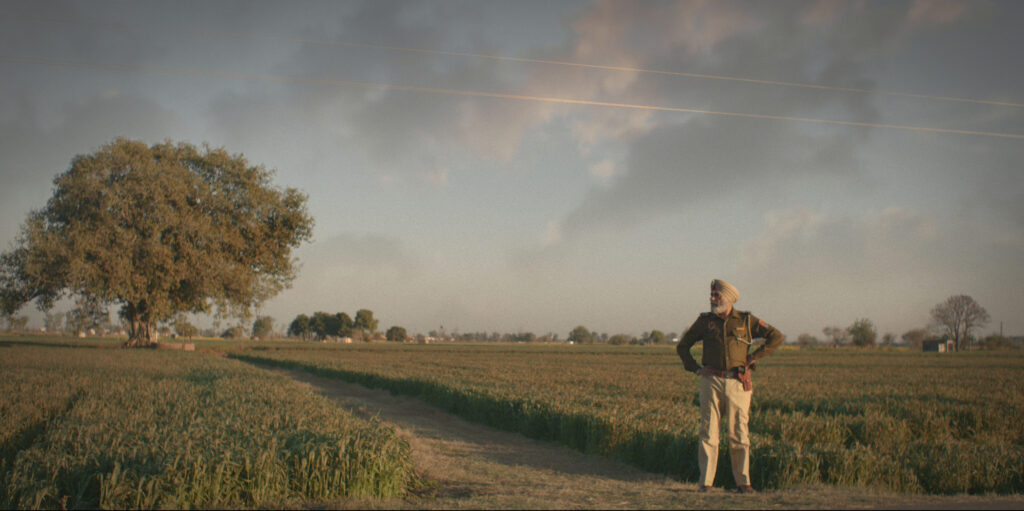From foggy nights to action sequences, FutureWorks has delivered 900 shots and colour services for Netflix series Kohrra.
The thriller-drama series follows two police officers who must unravel the troubling case of a bridegroom who was found dead a day before his wedding. Directed by Randeep Ja, the six-episode series follows a murder investigation set in the Punjab’s countryside.
Setting the scene – developing the fog sequences
Having the appropriate amount of fog swirling in the state of Punjab was an essential element when it came to the atmosphere. “Kohrra” means fog, so ensuring that the fog sequences looked consistent and realistic was key to bringing the story to life.
Since the shooting took place over the summer months, fog wasn’t naturally present at all times. In its earliest stages, the directorial team experimented with many on-set solutions, such as, using a smoke machine to achieve the desired effect. But they quickly realised that fog possesses a different texture and motion, requiring a specialised approach. By experimenting with various techniques and materials, the FutureWorks team developed a workflow that allowed them to get full control over the look and feel for the key scenes in question.
“We had a three-month turnaround time, so we had to get creative with the execution,” explained VFX supervisor Gouri Shankar. “Using only CGI would have made the process more laborious than what we had time for, so we looked for alternate solutions that would yield the same results.”
The team went through multiple iterations of looks, first created in fully flat 2D and then 2.5D but quickly rejected both, as they lacked the depth the team was looking for. The fog had to be a part of the environment and give the illusion of layers. The team decided to venture into deep compositing, integrating multiple layers with varying depths of fog to create an organic effect.
Drawing inspiration from methods used in movies such as Planet of the Apes, the VFX team created a so-called volume box that encompassed the maximum camera coverage for each shot. The team then rendered out the fog layers using deep compositing, resulting in a comprehensive and detailed fog scene.
“The volume-box solution was definitely the way to go,” said Shankar. “It enabled us to separate the layers and manipulate them as needed before blending them together. This solution gave us the full control that we were after, and we could iterate and tweak as needed without any delays in the production.”
In order to streamline the workflow of integrating the deep fog layers with the foreground, Shankar and the team used the elements already present in the scenes – like a car, or a plane – as reference points for the integration process. The reference points acted as guides while the team were manipulating the layers, separating and adding the fog effects, and lastly blending them accurately. Moreover, the solution gave full control to the team, allowing for last minute tweaks that otherwise could have caused a delay.
“The real benefit of the deep compositing process is the flexibility it provides. I could use Nuke to change the depth of the fog layer, bring it forward, push it back, add some more in front of the character, or reduce its intensity if needed. This allowed us to iterate quickly and nail the exact look the DP was looking for, while on a tight deadline,” added Shankar.
Bringing out the colours of Punjab’s countryside at night
Taking charge of both the VFX and colour grading enabled different teams to collaborate to ensure that the end result was both impactful and balanced. The colour grading had to be carefully measured so the fog effect created by the VFX team stayed unaffected and at the same time keeping the skin tones of the actors as true to life as possible.
The coordination between the VFX and colour departments was crucial for the visual cues that allowed them the suspension of disbelief,” commented FutureWorks senior colourist Tushar Desai.
Using Baselight for colour grading, the team was able to iterate quickly to achieve the desired results. Striking the balance between the cool tones evoking a winter night and the warmer tones needed to make sure the actors’ skin tone was not distorted in any way was a continuous negotiation.
Cinematographer Saurabh Monga said, “I was fortunate enough to be physically present in the FutureWorks studio through all the colour grading sessions which were spread out over a few months. I usually try to do as much “in-camera” when it comes to the look and feel of a project, and then bring it to the DI table to finalise the results, without feeling over graded. Working together with Tushar, we were able to iterate together and find the right balance to bring the entire series together into a visually coherent whole.”
The VFX team had to ensure that the end result was the one that could be enjoyed on a variety of devices. From the story’s perspective, some of the scenes had to be shrouded in darkness to denote the depth of the countryside night-time but it couldn’t go as dark as to take away from the viewer’s experience if they’re choosing to consume it on a mobile device with a smaller screen resolution.
“It was incredibly helpful to have the colour department in the same building as us during this project,” noted VFX supervisor Vinay Chuphal. “I could just wander over to check how things look in Baselight and discuss how we may need to tweak the details. As a result, we could strike that very fine balance that yielded both great visuals for the viewers and authenticity for the integrity of the story. Tushar also comes from a VFX background, so he understood exactly what we were trying to do and how, making the communication that much easier.”
Crafting the accident sequences
Since Kohrra was not a VFX-heavy production, FutureWorks had to make sure that the integrity of the story came first. Following the same brief, this extended from the environment work onto the action sequences as well. One of the pivotal scenes involved two cars crashing in Punjab’s countryside. Led by VFX supervisors Ashoke Chowdury and Chuphal, the team took on crafting the collusion and aftermath of the accident.
“Shooting was challenging due to unexpected weather conditions,” commented Chowdury. “Wind and rain played havoc, so to ensure safety, separate platforms were planted in the cornfield and on the road. The accident involved a truck so the stunt would have been dangerous to execute in such conditions – we took care of most of that with VFX.”
The process entailed plate alignment and composited passes to create the desired outcome. The collision had to look real and impactful without endangering anyone on set. Two layers were involved – one capturing the car’s movement and another for the incoming truck. Maintaining synchronisation between these dynamic elements proved challenging. Post-production involved layer separation, and generating details for the vehicles for that touch of realism.
The coordination between the VFX and colour departments was essential for the final look to come together as it did. “Our VFX pipeline had to seamlessly integrate into the DI pipeline, given the sensitivity of contrast alterations and their effects on fog and atmosphere,” added Chuphal.
Key to the project’s efficiency was an open line of communication between all departments. Across more than 900 shots and six episodes, FutureWorks worked closely with director Jha and cinematographer Monga.
FutureWorks’ CEO Gaurav Gupta said: “We’re excited to work once again with Netflix and deliver both VFX and colour grading for such an interesting project. We are always experimenting with new workflows and solutions, so the brief for Kohrra was a great opportunity to flex our muscles in that regard as well, acting as a creative partner to tell the story right.”
The first season of Kohrra is available to stream now on Netflix.

